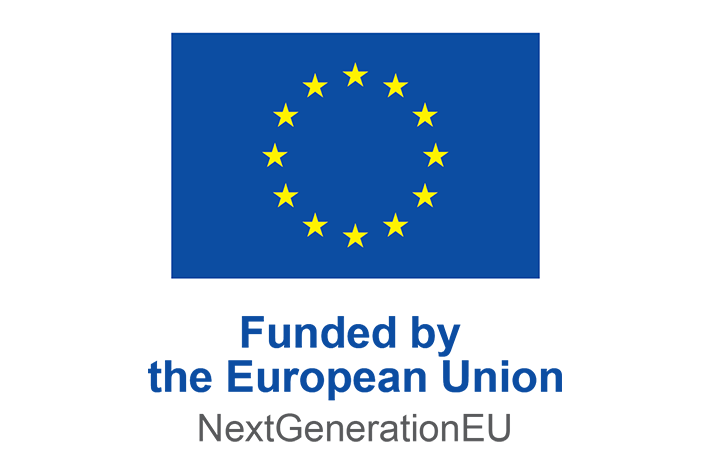Sweden’s recovery plan within the EU Recovery and Resilience Facility
In July 2020, EU heads of state and government agreed on a recovery package to mitigate the effects of the crisis. The package, called NextGenerationEU, comprises EUR 750 billion in loans and grants to the Member States. The main part of this will be channelled through the Recovery and Resilience Facility (RRF).
Member States apply for funding through national recovery plans that outline the reforms and public investments they intend to implement. Member States can apply for both grants (a total of EUR 312.5 billion in 2018 prices) and loans (a total of EUR 360 billion in 2018 prices).
Sweden’s recovery plan was adopted by the ECOFIN Council on 4 May 2022.
Recovery fund: ministers welcome assessment of national plans for Bulgaria and Sweden (press release from the European Council)
What must be included in the national recovery plans and what measures can countries receive support for?
The overall goal of the recovery package is to repair the acute economic and social damages due to the pandemic. But it is also to help build an EU that is more environmentally friendly, digital, resilient and better adapted to current and future challenges. To ensure that the money paid through the recovery package is used in a way that is consistent with the purpose, a number of requirements are placed on the measures for which Member States apply for financial support. One requirement is that at least 37 per cent of the costs must go to climate transition and at least a further 20 per cent to digital transition or challenges connected to it. In their recovery plans, Member States must also manage country-specific recommendations given within the framework of the European Semester.
Which measures are included in the Swedish plan?
Sweden’s recovery plan contains 26 reforms and investments, divided into five focus areas:
- Green recovery.
- Education and transition into work.
- Expansion of broadband and digitalisation of public administration.
- Better conditions to meet the demographic challenge and ensure the integrity of the financial system.
- Investment for growth and housing.
In addition, there is also a measure concerning government assignments to relevant government agencies involved in implementing the plan. There are a total of 56 milestones and targets, which will be followed up by the European Commission until 2026.
Of the costs in the Swedish plan, 44 per cent can be linked to the climate transition and 20 per cent to the digital transition in accordance with the criteria of the RRF Regulation.
All measures included in Sweden’s recovery plan are measures that the Riksdag has adopted or will take a position on. The measures for which Sweden is seeking financial support from the RRF have all been decided within the framework of the national budget process. The measures are fully in line with the requirements presented in the RRF regarding matters such as growth and employment, strengthening social and regional cohesion, and supporting climate transition and digital transition.
The reforms and investments addressed within the framework of the recovery plan represent only a limited part of the very extensive measures that the Government has taken to manage the impact of the pandemic.
How much money can Sweden receive?
Sweden’s allocation in the form of grants from the RRF amounts to SEK 32 billion. Sweden is not applying for any loans.
What happens now with Sweden’s recovery plan?
The RRF is a performance-based instrument in which funds are paid after the measures have been implemented. Member States apply for funds by submitting payment requests. The Government intends to submit payment requests every year until 2026. The ambition is to submit the first request this autumn. It will include measures that were intended to be implemented in 2020 and 2021.


 X
X